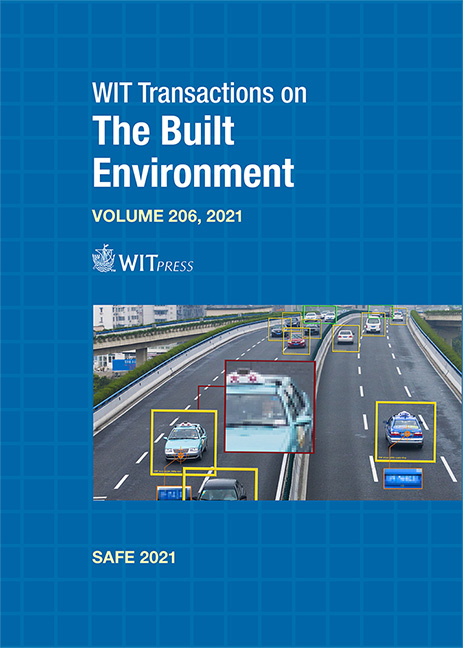EVALUATION OF SAFETY WHEN A SEISMIC ISOLATED BUILDING COLLIDES WITH RETAINING WALLS CONSIDERING DIFFERENT NUMBERS OF FLOORS
Price
Free (open access)
Transaction
Volume
206
Pages
11
Page Range
107 - 117
Published
2022
Paper DOI
10.2495/SAFE210091
Copyright
Author(s)
CARLOS CUADRA, KENTA KIKUCHI
Abstract
Large dynamic responses of long-period buildings were observed during strong earthquakes, especially when these input motions are of large amplitude or long duration and low frequency content. A base isolated building is basically a structure of long period and therefore large displacement response could be observed during mentioned earthquakes. This large displacement of the isolation layer could cause the collision of the isolated structure against the surrounding retaining walls. This research uses 5-storey and 10-storey three-dimensional building models to investigate the safety of base isolated structures in the event of impact against retaining walls. The analytical models consider gap link elements to study the collision against the retaining wall. As input acceleration, a record of the Kobe earthquake was used, scaling this record by 1, 1.7, 1.8 and 2. For both models, maximum acceleration in upper structure increases in case of collision. Since this acceleration could cause furniture to tip over, a safety analysis is performed based on predominant frequency of vibration and maximum acceleration observed on each floor. In case of no collisions, there is less than a 30% probability that the furniture will tip over in all cases of seismic waves. When a collision occurs, the acceleration at each floor increases significantly and the probability that the furniture will fall is 50% or more.
Keywords
rubber isolator, collision, seismic response analysis, finite element method, gap element





